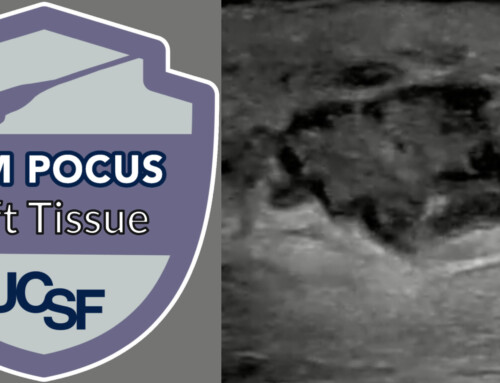
For years, adult literature has provided clear guidelines for cervical spine imaging through the NEXUS and Canadian C-spine Rule (CCR) tools. These have been invaluable in helping clinicians decide when to image the neck in trauma patients. Similarly, the Pediatric Emergency Care Applied Research Network (PECARN) has developed robust tools for assessing blunt head trauma in children. However, until now, there has been a gap in guidance for clinicians managing pediatric patients at risk for cervical spine injuries.
Case Scenario: What would you do?
A 10-year-old boy presents to the emergency department (ED) after a high-speed motor vehicle collision. He complains of neck pain and is reluctant to move his head. The child’s mother is extremely worried, fearing the worst after witnessing the collision.
The Problem
Cervical spine injuries in children, while uncommon, can be devastating if not identified and treated promptly. Emergency physicians often face the challenge of deciding whether to proceed with imaging, given the potential risks associated with ionizing radiation from CT scans. The lack of clear guidelines specifically tailored for pediatric patients has historically led to either overuse of imaging, with its associated risks, or underuse, with the risk of missed injuries.
PECARN Cervical Spine Injury Prediction Rule
On June 4, 2024, Lancet published “PECARN prediction rule for cervical spine imaging of children presenting to the emergency department with blunt trauma: a multicentre prospective observational study.” This study proposes a new clinical prediction rule to guide imaging decisions for pediatric cervical spine injuries.
The study enrolled 22,430 children, aged 0–17 years, presenting with blunt trauma across 18 PECARN-affiliated ED in the US. About half were in the derivation and half in the validation cohort. The researchers derived and validated a clinical prediction rule using data from these children, which identified key risk factors for cervical spine injury, divided into high-risk and non-negligible (intermediate) risk factors.
High Risk (>12.1% risk of injury) -> Consider CT
- Altered mental status (GCS 3-8 or AVPU = U)
- Abnormal airway
- Breathing
- Circulation findings
- Focal neurological deficits
Intermediate Risk (2.8% risk of injury) -> Consider X-Rays
- Neck pain or midline neck tenderness
- Mental status: GCS 9-14, AVPU = V or P, or other signs of altered mental status
- Substantial head or torso injury
Definition on Cervical Spine Injury
- Fractures or ligamentous injuries of the cervical spine
- Cervical intraspinal hemorrhage
- Cerebral artery injury
- Cervical spinal cord injury, including
- Changes in the cervical spinal cord on MRI
- Cervical spinal cord injury without radiographic association

PECARN Cervical Spine Injury Prediction Tool (Download full sized PDF at PECARN site)
The prediction rule had strong test characteristics with 94.3% sensitivity and 99.9% negative predictive value, indicating that it can reliably identify children who do not need imaging, thus avoiding unnecessary radiation exposure. This evidence-based approach to pediatric trauma care would have reduced the number of CT scans by more than 50% without missing clinically relevant injuries.
Case Example Resolution
Using the PECARN cervical spine injury prediction rule, the attending physician evaluates the boy and finds that he does not exhibit any high-risk factors. However, because he reports neck pain and has midline neck tenderness on exam (intermediate risk), the rule recommends that the cervical spine can not be clinically cleared. It also suggests plain x-rays and not a CT scan. This differs from the adult population whereby CT scan imaging is often the first choice for diagnostic testing.
The x-rays reveal no evidence of cervical spine injury, and the boy is cleared with instructions for follow-up care. This approach not only alleviated the mother’s anxiety but also avoided unnecessary radiation exposure for the child.
Reference
Leonard JC, Harding M, Cook LJ, et al. PECARN prediction rule for cervical spine imaging of children presenting to the emergency department with blunt trauma: a multicentre prospective observational study. Lancet Child Adolesc Health. 2024;8(7):482-490. doi:10.1016/S2352-4642(24)00104-4. PMID 38843852




